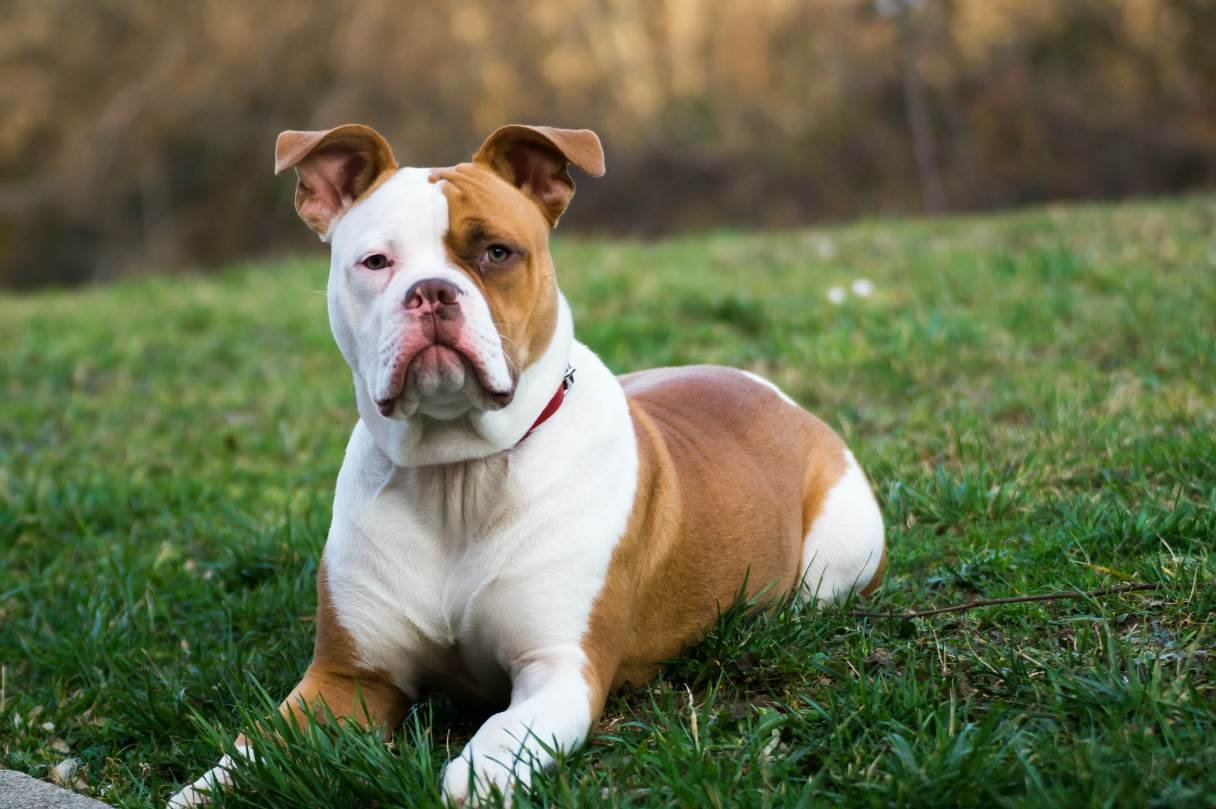Introduction
Floor stripping and waxing is a crucial aspect of maintaining the cleanliness and appearance of your commercial or residential space. Whether you own a business or manage a property, understanding the importance of floor care is essential for creating a safe and inviting environment. In this guide, we’ll delve into the details of floor stripping and waxing, exploring the benefits, the process, and the best practices to ensure your floors remain in top condition.
Benefits of Floor Stripping and Waxing
Enhanced Appearance: One of the primary benefits of floor stripping and waxing is the enhanced appearance it provides. Freshly waxed floors have a glossy finish that can significantly improve the overall look of your space, creating a professional and welcoming atmosphere for employees, customers, or residents.
Durability: Waxing your floors not only improves their appearance but also adds a layer of protection. The wax acts as a barrier against dirt, debris, and moisture, helping to prevent damage and extend the lifespan of your flooring.
Safety: Stripping and waxing your floors can also improve safety by reducing the risk of slips and falls. The wax creates a smooth, even surface that is easier to clean and maintain, reducing the chances of accidents caused by uneven or dirty floors.
The Floor Stripping and Waxing Process
Preparation: Before beginning the floor stripping and waxing process, it’s essential to prepare the area. Remove all furniture and obstacles from the space and sweep or vacuum the floor to remove any dirt or debris.
Stripping: The first step in the process is to strip the old wax from the floor. This is typically done using a commercial wax stripping solution and a floor stripping machine. The solution is applied to the floor, allowed to sit for a short time, and then agitated with the stripping machine to remove the old wax.
Cleaning: Once the old wax has been removed, the floor is thoroughly cleaned to remove any remaining residue. This is usually done using a neutral pH cleaner and a mop or scrubbing machine.
Waxing: After the floor has been stripped and cleaned, it’s time to apply the new wax. The wax is applied in thin, even coats using a mop or wax applicator. Each coat must dry completely before applying the next coat to ensure a smooth, even finish.
Buffing: Once the wax has dried, the floor can be buffed to achieve a glossy finish. This is done using a buffing machine with a soft pad that gently polishes the waxed surface.
Best Practices for Floor Stripping and Waxing
Regular Maintenance: To keep your floors looking their best, it’s important to establish a regular maintenance schedule. This should include daily sweeping or vacuuming to remove dirt and debris, as well as periodic deep cleaning and waxing.
Use the Right Products: When stripping and waxing your floors, it’s essential to use the right products for the job. This includes a high-quality wax stripping solution, a neutral pH cleaner, and a wax that is suitable for your type of flooring.
Protective Measures: To protect your newly waxed floors, consider using floor mats or rugs in high-traffic areas to reduce wear and tear. Additionally, implement a no-shoe policy to prevent dirt and debris from being tracked onto the floors.
In conclusion, floor stripping and waxing are essential maintenance tasks that can improve the appearance, durability, and safety of your floors. By following the proper procedures and best practices, you can ensure that your floors remain in top condition for years to come.



Nice information and keep it up nice content about poodle